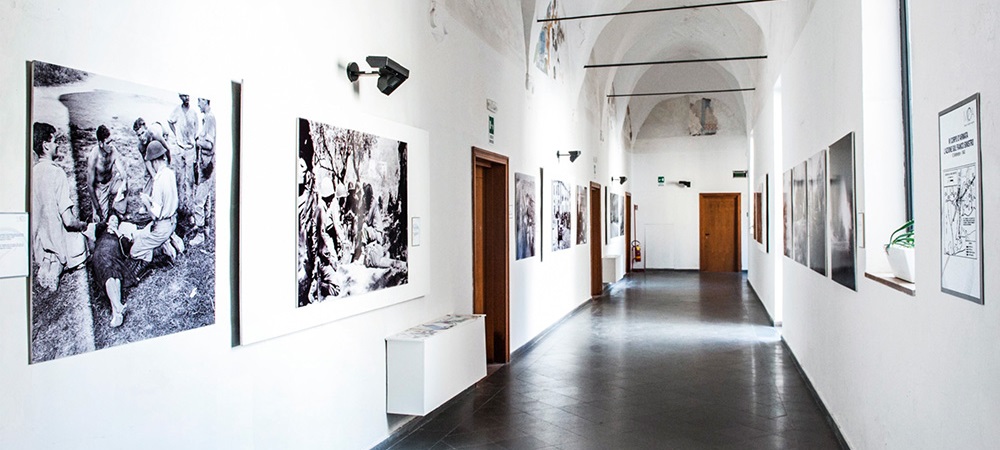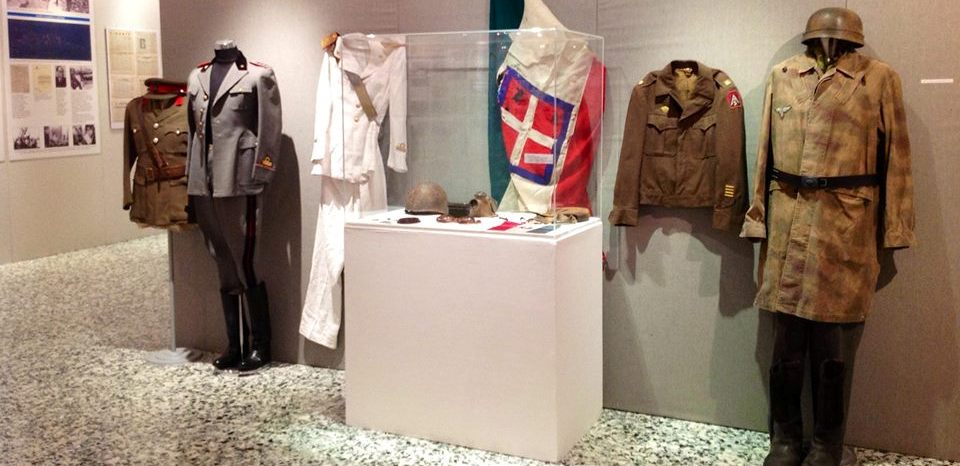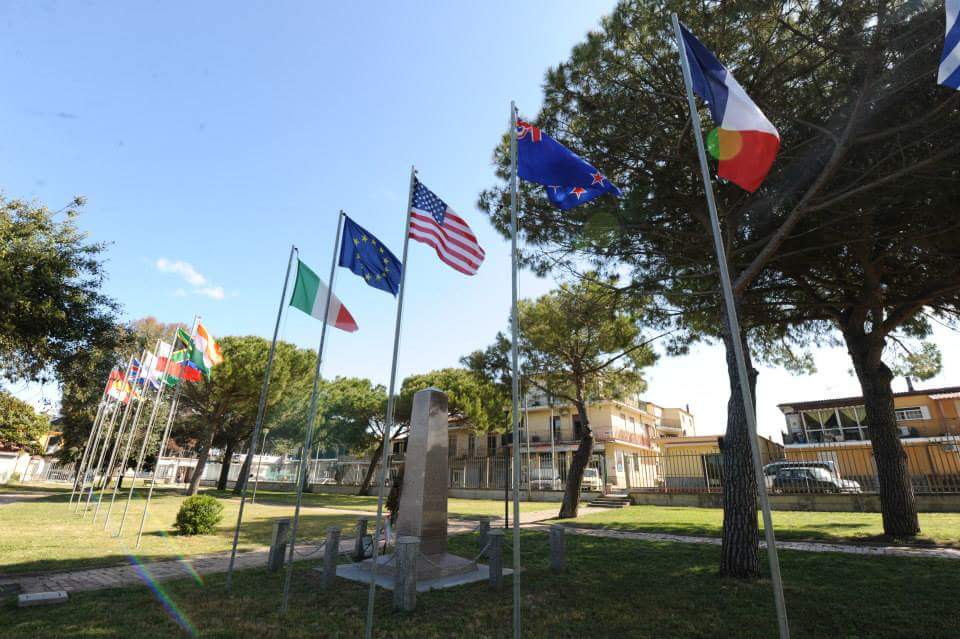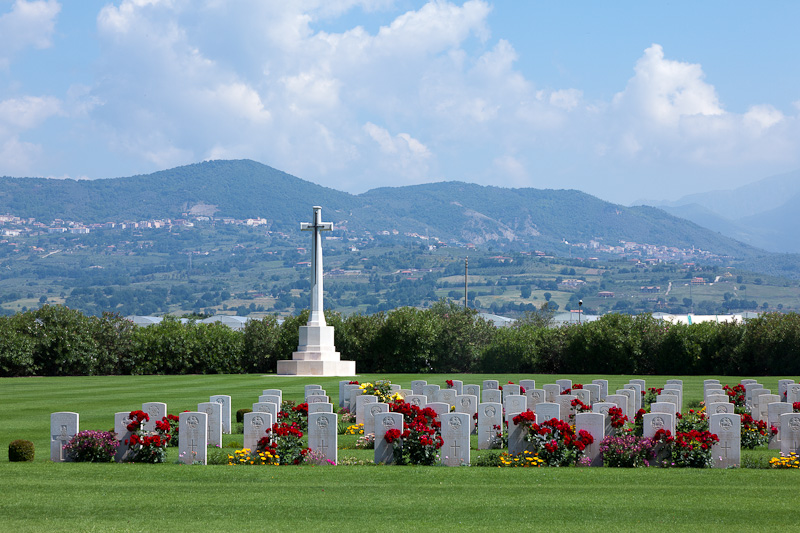
1 – Ponte torrente La Cosa
1 – Ponte torrente La Cosa




2 – Borgo Carillia, Via della Livertà
2 – Borgo Carillia, Via della Livertà




3 – Cerrelli incrocio Via Emigranti/Via Marra
3 – Cerrelli incrocio Via Emigranti/Via Marra




4 – Barricelle
4 – Barricelle




5 – Incrocio Roccadaspide/Sgarroni
5 – Incrocio Roccadaspide/Sgarroni




6 – Incrocio Fornaci/Capograssi
6 – Incrocio Fornaci/Capograssi




7 – Cerrocupo
7 – Cerrocupo




8 – Località Sant’Aniello
8 – Località Sant’Aniello




9 – Altavilla capoluogo, Via Caduti di Guerra
9 – Altavilla capoluogo, Via Caduti di Guerra




10 – Altavilla capoluogo, Via Municipio
10 – Altavilla capoluogo, Via Municipio




11 – Altavilla capoluogo, Piazza Umberto I
11 – Altavilla capoluogo, Piazza Umberto I




12 – Altavilla capoluogo, Chiesa Cielo e Terra
12 – Altavilla capoluogo, Chiesa Cielo e Terra




13 – Quota 424
13 – Quota 424




14 – MOA – Museum Operation Avalanche
14 – MOA – Museum Operation Avalanche





15 – Museo dello Sbarco di Salerno
15 – Museo dello Sbarco di Salerno





16 – Monumento alla 36° Divisione Texas
16 – Monumento alla 36° Divisione Texas





17 – Salerno War Cemetery
17 – Salerno War Cemetery




